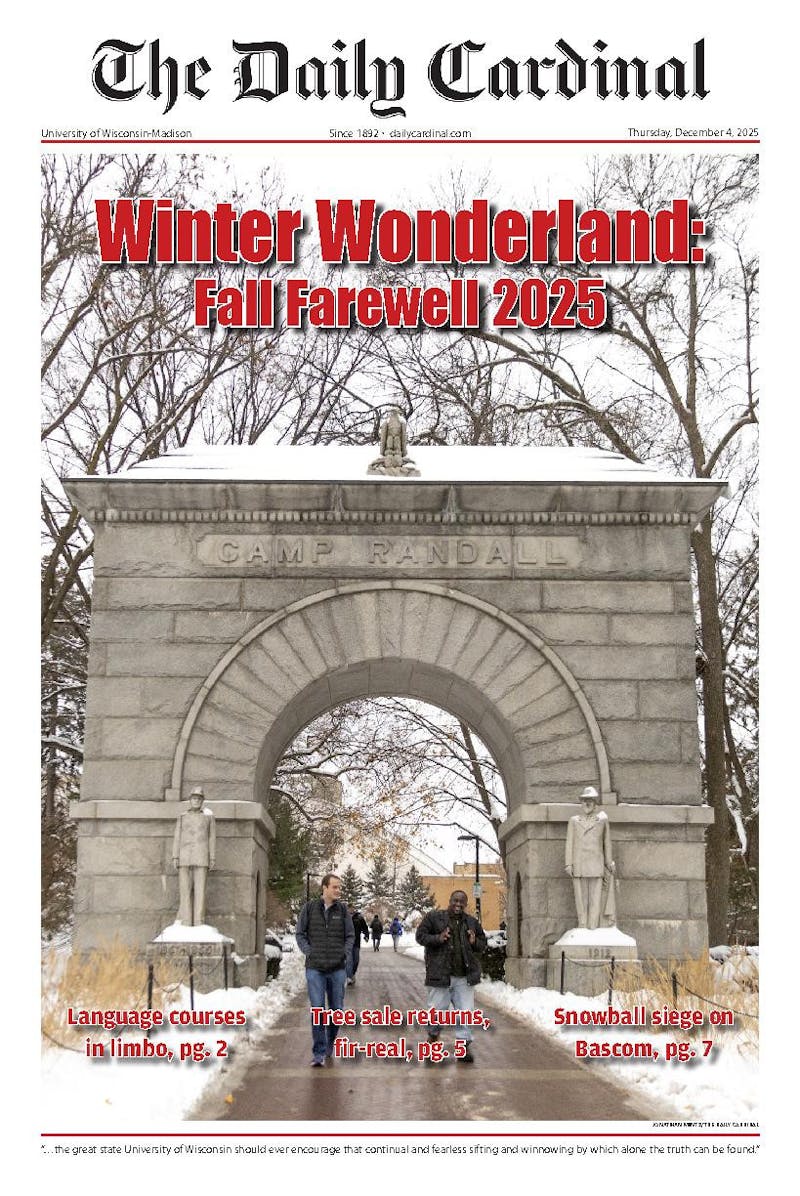Over the past few years, hookah has become increasingly popular in the West with more hookah bars popping up. While many associate hookahs with the Middle East, it actually originates in India and Pakistan. It then spread throughout the region, with its biggest surge of popularity in Turkey in approximately A.D. 1500.
The hookah goes by many other names including Nargile, which is the Persian word for coconut, because the original structures were made from coconut shells. The more commonly used term ""hookah"" stems from the Arabic word for a small box or jar.
Turkey is where hookah smoking was most prevalent in the social scene. It made its way into the coffee shop culture that Turkey is known for and became a common activity associated with social events. A hookah bar waiter was treated similar to a chef because of the preparation for smoking—packing and preserving moisture—was considered a valued skill.
The trend went south into the Arab world from Turkey to Lebanon and then into Egypt and Morocco, where it is known as ""shisha."" In all of these countries hookah became linked with a social atmosphere.
Each country developed its own style of hookah including different kinds of tobacco.
""Every region has different types of hookahs. Some are made from glass or bronze, and each is thought to have different properties. There are also different styles of tobacco in each region,"" said Jonathan Kenoyer, a professor of anthropology at UW-Madison.
For example, people in Iran typically use a dark brown tobacco for hooking smoking. However, most hookah smoking countries such as Turkey, Israel or Lebanon, use a tobacco called ""Naklia shisha,"" which is a combination of tobaccos, honey molasses and dried fruit.
Hookah smoking was commonly thought to be a healthier option than a cigarette during social events. That however is not the case.
According to various studies, the concentration of cancer causing agents and addictive substances are similar if not equal to those found in cigarettes.
Another study found that hookah smokers were five times more likely than non-smokers to contract signs of gum disease. Hookah smokers also have a greater toxic exposure to tobacco due to the increased amount of time a smoking session lasts.
Despite the effects to the body, hookah smoking is a large part of the Middle East and East-Asian social culture. The trend is moving west and the sweet smell of tobacco can now be found wafting through many cafAc's in the western world.





